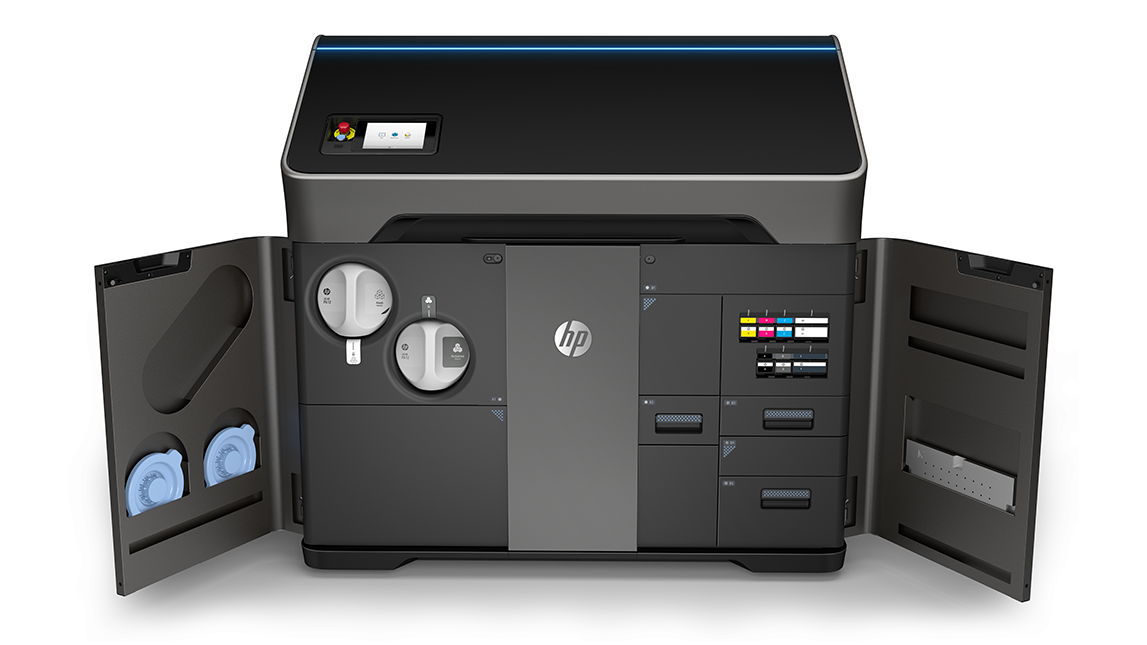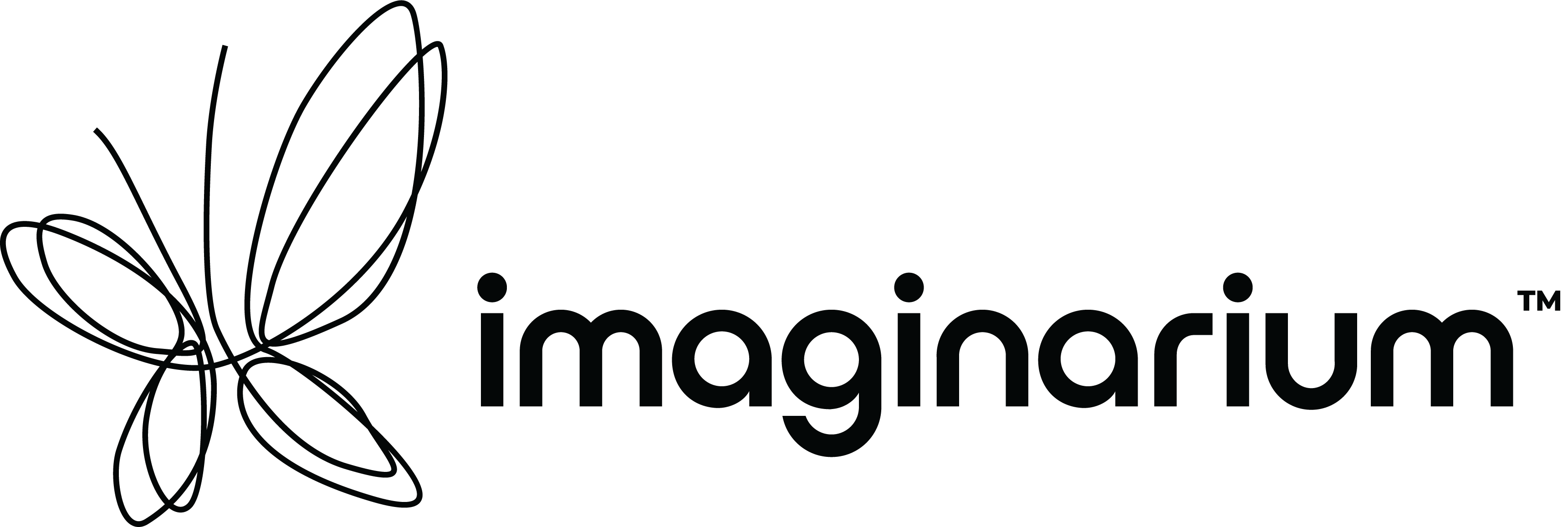HP’s Multi Jet Fusion Technology has ushered in a new era of 3D printing and it’s now helping manufacturers directly manufacture end-use parts and products.
3D Printing Is Here To Stay
When 3D printing first became mainstream, inventors and entrepreneurs sought to take advantage of the technology. Companies created various types of 3D printers and demand for the technology grew further. After many advances, 3D printing ushered in a new method of creating an object and this technique was soon applied to manufacturing and production, birthing the term additive manufacturing. Over the past ten years, 3D printing has emerged as a force to be reckoned with and is here to stay.
With more and more industries now adopting 3D printing for various purposes, companies are beginning to push the fold in methods and uses for 3D printing. For the longest time, 3D printing has been used primarily for rapid prototyping, rapid tooling, rapid manufacturing, and mass customisation. Now, with new innovations in 3D printing, one can directly manufacture their end-use parts, skipping the need for injection moulding or vacuum casting.

Different types of parts printed using Multi Jet Fusion. Source: HP
HP’s Multi Jet Fusion technology can replace low volume tooling by making durable, long lasting final production parts along with completely customised solutions. HP is redefining 3D printing with their Multi Jet Fusion technology.
What is Multi Jet Fusion?
Multi Jet Fusion is a powder bed fusion process where an inkjet array deposits fusing and detailing agents across the build chamber. As the inkjet array passes over the build chamber, it emits fusing energy that immediately fuses the material into a solid layer. Multi Jet Fusion uses a range of nylon powder to build parts. It offers complete voxel control and produces functional parts with high accuracy up to ten times faster at an affordable cost. The parts printed using Multi Jet Fusion are isotropic – they have a higher density as compared to other technologies.

The HP Jet Fusion 580 colour printer. Source: HP
How Multi Jet Fusion was applied by a product design and development firm.
SIGMADESIGN is a product design & development, and engineering services firm based near Portland. Among other services, the company provides industrial design, quality assurance, testing, and engineering support, in addition to end-product manufacturing. They usually use injection moulding and machining to manufacture parts for the machines that they design.
When they started working on PRINTRAYCE, a fruit labelling machine, they realised that using injection moulding and machining to manufacture their low volume production parts was not economical. They turned to the HP Multi Jet Fusion printer to reduce costs and improve the flexibility and speed of their design. Roughly twelve parts for the machine were 3D printed and they had left the design for the parts as is (the parts were initially designed for injection moulding) while the parts that contained channels had to be 3D printed not machined. By 3D printing these parts, they drastically reduced their costs and found more design freedom. These parts were mechanically sound and the material properties nearly matched those of injection moulded parts.
The client was impressed with how the 3D printed parts not only made the machine operate well but also reduced costs and made it faster to manufacture. SigmaDesign now plans to design parts for new machines by keeping 3D printing in mind which would also help them make more flexible designs.
HP’s foray into 3D printing
HP is one of the largest OEMs globally, known worldwide for their printers entered the Additive Manufacturing market in 2015, ready to disrupt the market with their innovative technology. The Jet Fusion 3D 4200 was their first printer to offer Multi Jet Fusion technology, the 540 printer was designed for prototyping, and the 580 colour printer offers complete colour control for each voxel – something no other technology has been able to achieve yet.

Parts printed using the HP Jet Fusion 3D 4200 (left) and HP Jet Fusion 580 (right) Source: HP
HP’s Multi Jet Fusion technology has been designed for production/ manufacturing with low cost, high speed and stronger parts compared to any technology available in the market. Through our manufacturing collaborations with various industries in the automotive, engineering, aerospace, and foundry sectors, we believed that this technology would help the Indian market by speeding up their manufacturing process. If one needs to print in plastic (nylon) this is the perfect machine, as the machine cost, machine running cost and material cost is low compared to other nylon technologies.
Imaginarium and Multi Jet Fusion
Imaginarium has been in the 3D printing industry for over fifteen years and we believe in being up to date with the latest breakthroughs and innovations in 3D printing. When we interacted with HP in 2016, there was an instant connect and a common vision that aligned us leading to our partnership to represent them in the Indian market.
Imaginarium has partnered with various industries – architectural, electronic, medical, packaging, consumer goods, automotive – we’ve been with them through their journey and helped bring their ideas to life. From prototyping and exploring multiple design iterations to low volume manufacturing, we’ve been through thick and thin. Through Imaginarium Rapid, the Rapid Online Factory, and Imaginarium Solutions, our clients have found it easier to realise their ideas.
Imaginarium Rapid works with leaders in the automotive, foundry, engineering, and consumer goods industry. Rapid turns digital designs into manufactured parts and products. Rapid has been introducing many industries to HP Multi Jet Fusion and has helped many companies by using this technology not only to prototype but to manufacture their end use parts. By using Multi Jet Fusion, they’ve reduced their cost per part, produced more parts per day, had more flexible design options, and streamlined their short run manufacturing processes.

A digital design printed using Multi Jet Fusion. Source: Imaginarium
Imaginarium Solutions has matched over 130 users to the perfect 3D printing solution for them. Based on their needs, Solutions advises them on the correct 3D printer and provides holistic end to end 3D printing solutions for maximum impact. Solutions has been an HP reseller since January 2018 and has been educating the Indian market about the HP Jet Fusion 3D 4200 printer by benchmarking their sample parts. Major OEMs have shown tremendous interest in the technology and we received positive responses from a lot of potential clients across the country.
The first HP Multi Jet Fusion printer in India was purchased by a big OEM that works in transport. Our team and their team worked in collaboration and we guided them with our DfAM Knowledge (design for additive manufacturing) to help them convert their metal parts to plastics parts, making them much lighter, and helped them achieve their goal to use HP printed parts for direct manufacturing.

A metal assembly that required 7 parts is simplified
to a single plastic part that requires no assembly. Source: HP
Imaginarium is a frontrunner in additive manufacturing and we’ve proven that by serving over fifty industries, delivering over 60,000 parts just last year, and expanding our setup to twenty industrial printers. Our expertise in this area has led HP to name us as their first certified benchmarking parts partner for the Asia Pacific Region.
As Benchmarking Partners
While manufacturing end-use parts using Multi Jet Fusion, the parts can be divided into two categories – prototype or production, aesthetic or serving a purpose. Once a part has been printed for benchmarking, it is tested on the basis of function. For prototypes, the key determining factors are form, fit, and look; for production, the parts need to undergo various tests for mechanical strength, impact resistance, heat resistance, and stability.
A company asking Imaginarium to benchmark parts for them is akin to an individual trying on shoes. An individual would go to a store, pick out a pair of shoes, try them on and walk around the store before deciding to buy them. Similarly, the company tests out whether Multi Jet Fusion is right for them before making the switch.

Parts are tested based on their function. Source: HP
How does one benchmark their parts?
When a company wants to try out Multi Jet Fusion, they send Imaginarium Solutions the files for a part. We may then modify the design to print for Multi Jet Fusion, and then print out the part using the HP Jet Fusion 3D 4200 and send them back to the company. The company then tests the part for functionality by checking for mechanical strength, impact resistance, heat stability, etc or aesthetics. We printed a benchmark part for one company who then conducted various tests on the part to see if it can withstand high hydrostatic pressure, if it has high impact resistance, and can handle high temperatures.
Through the benchmarking process, the company can understand how the Multi Jet Fusion technology works, and work out how to use Multi Jet Fusion to manufacture their parts. They calculate the number of parts they would need to print and their budget, and then they take a decision on whether they’d like to continue using Imaginarium’s services as a service bureau via Imaginarium Rapid to manufacture parts using Multi Jet Fusion or whether they should buy the printer through Imaginarium Solutions.
As technology advances, Imaginarium constantly evolves and adapts to bring the latest developments and solutions to help your ideas come to life. Curious about HP’s Multi Jet Fusion technology and you’re looking for manufacturing services using the HP Multi Jet Fusion printers? Send us your project details and requirements at rapid@imaginarium.io
If you think the HP Multi Jet Fusion technology might be a game changer for your business – get in touch with our Solutions experts: solutions@imaginarium.io
